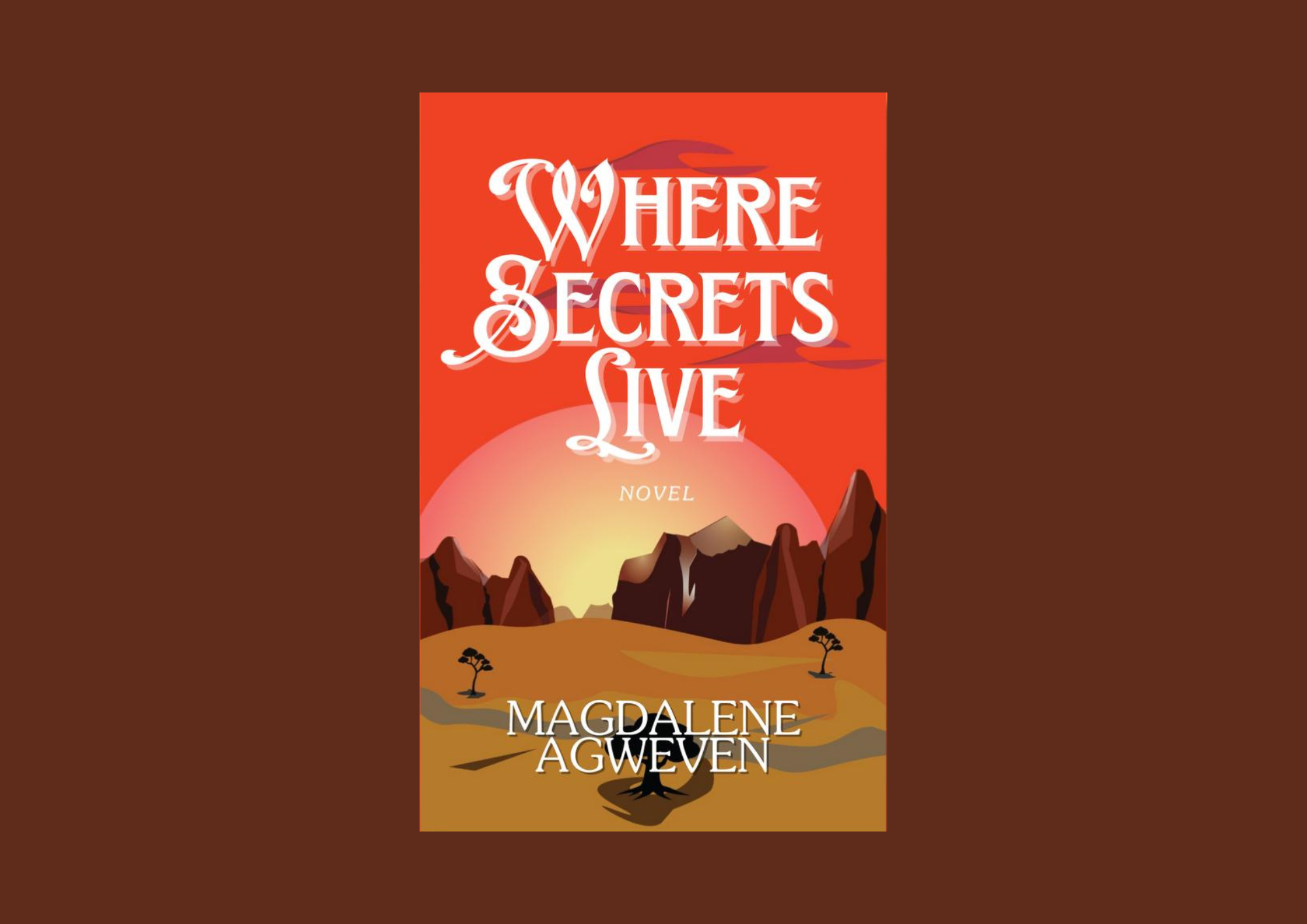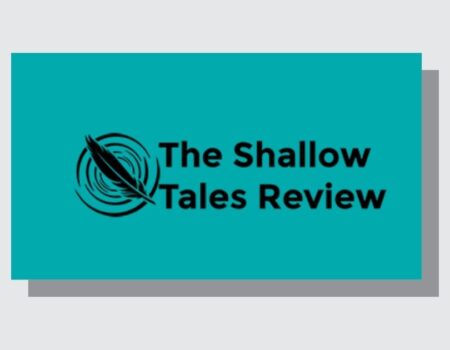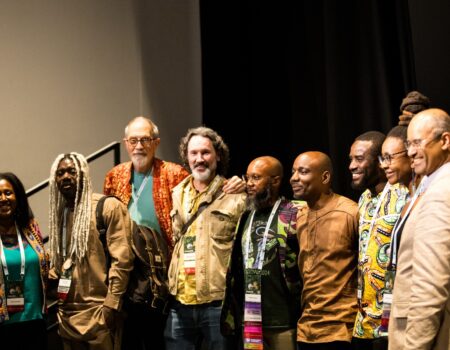The tension between Christianity and African traditional religions forms the backdrop of Where Secrets Live. Many African scholars have criticised missionary-era Christianity as a tool of colonial cultural control, while others point out that local believers often reshaped the faith in their own image. Magdalene Agweven’s novel enters this debate through a story steeped in folklore. It reclaims African myth – from ancestral masquerades to witch covens – even as it examines the moral judgments of believers. In the fictional town of Owuro, yearly rituals revolve around Ojuju, a spirit that roams the streets on one night of the year. Residents must obey a strict curfew on that night lest they suffer the consequences, the worst of which is death.
The plot centres on two interlocking crises. First, Cynthia, a teenage girl, has been kidnapped. Second, on the night of Ojuju, when the masquerade roam around town, young Dada and his friends (including his girlfriend Kehinde) deliberately violate the curfew. Dada remains blissfully unaware that by doing so, he has sealed his fate. Only his father, Jimi – a local police officer – learns that Dada is marked as a sacrificial victim. Jimi is in a race against time to break the curse and save his son. These threads unfold in a town divided between the “Enlightened” (those who know and even practice witchcraft) and the “Unenlightened” (ordinary residents in the dark). Complicating matters is the antagonist, Reverend Julius Bose – an evangelical pastor who secretly hunts supposed witches. In his black-and-white worldview, he claims Christian authority to punish anyone who practices magic.
The novel’s premise is firmly rooted in genuine African belief. In some Nigerian cultures, masquerades are thought to enforce moral law. In his paper on the concept of masquerades, Emmanuel Akubor describes how the Ech-Obasi—njommasquerade of the Ejagham people moved about the settlement in search of witches and wizards. Across Yorubaland, similarly, the Egugun masquerades are regarded as ancestral spirits whose duty is to compel the living to uphold the ethical standards of past generations. In Where Secrets Live, the night of Ojuju is clearly inspired by this tradition, a supernatural force enforcing the community’s unwritten laws. Agweven pays homage to this background and the idea of communal spiritual reverence.
Where Secrets Live is told through multiple points of view, giving each of a dozen characters at least one narrative voice. The multi-narrator approach creates a rich tapestry of perspectives. This literary technique is a useful way to invite the reader’s empathy and understanding. It allows the reader to hear directly from protagonists like Jimi (the desperate father), Cynthia (the kidnapped teenager), Kehinde (Dada’s girlfriend who learns about her own magic), and Lola (a young woman confused about being a siren). We also see events through the eyes of Jadesola (a doctor who is also a witch and a single mother), and Ty (Kehinde’s brother mourning their absent father). Each narrator sheds a unique light: Kehinde’ emerging powers offer a classic coming-of-age arc, Lola’s voice evokes fear and identity crisis, and Jadesola’s storyline illustrates the tension of balancing modern life with tradition. This chorus of voices broadens the novel’s world. Readers witness the same events from different angles, and even minor characters feel layered.
Multiple viewpoints do more than build setting. They also highlight cultural and moral complexity. An example of this is the alternating chapters between the siblings, Ty and Kehinde, which show how two people can perceive their father’s absence and community danger in very different ways. Intercutting these stories maintains suspense: as one story ends on a cliffhanger, the next voice picks up elsewhere, creating a page-turning rhythm. However, this technique has pitfalls if not balanced carefully. Numerous subplots tend to lead to complications in instances where the threads are not adequately resolved. In Where Secrets Live, the abundance of narrators means that while the setup is intriguing, some plot lines feel underdeveloped by the end. It is as though Agweven has sketched a sprawling world, then paused before connecting every dot. This may be intentional – after all, life and magic in this world are unpredictable – but it also leaves readers wishing for more closure on certain arcs.
Beyond folklore, the novel grapples with morality and who gets to decide it. This is a familiar theme: stories that pit traditional beliefs against imported religions often explore “what is right and what is wrong”, and ask whose moral code should prevail. The character of Julius Bose embodies this clash. As a Christian pastor-cum-witch hunter, he condemns the town’s magic and those who practice it. In another era or setting, such a character might be expected to reveal a crisis of faith or a hidden past that softens him. Where Secrets Live does not do that. Julius remains steadfastly unyielding. Agweven tries to humanise him by giving chapters and motivations, but Julius functions primarily as an antagonist figure – a familiar type of zealot unwilling to bend. Some readers may see this as an oversimplification. After all, we do live in an age that tends to reject imposing one’s ideology onto others. Julius is portrayed almost too flatly: a man who believes so strongly in absolute moral order that he cannot see any grey areas. He labels magic as evil, with no internal conflict or doubt. Jordan Rosenfeld aptly notes that an antagonist’s perspective is often only really needed if there is a chance of redeeming the character. In this novel, Julius has no such redemptive arc. This choice means Julius can come off as one-dimensional. The strength of this portrayal, however, is that Julius sharply symbolises the kind of intolerance that the book is questioning. By making him so unwavering, Agweven spotlights exactly the black-and-white thinking she scrutinises. Julius’s chapters show us the mindset of a man who truly believes that he is saving souls, even as the reader sees the harm that he causes. In this way, he acts as a foil to other characters who must choose between empathy and fear.
One might argue that the novel’s failure to soften Julius was deliberate: it makes him a clear villain of the colonial-era mindset, highlighting how colonial missionaries once indeed ‘aggressively opposed’ African customs as ‘barbaric’. Yet scholars like Lamin Sanneh remind us that the real story was more complex, and that nuance is something this novel tantalizingly brushes against but does not fully embrace. The result is mixed – Julius convincingly fills the role of the story’s oppressor, but the reader never learns enough of his backstory or inner doubts to empathise or fully understand him.
In contrast, many protagonists are given considerable depth. We follow Dada’s innocent perspective as he unknowingly courts disaster; we feel Jimi’s parental anguish; and we experience Kehinde’s wonder as she touches old magic. Each of these characters goes through a personal transformation – or at least a journey of understanding. Agweven succeeds in portraying their emotional worlds: the confusion of teenage loneliness, the weight of family responsibility, and the conflict between modern science (through Jadesola) and ancient beliefs. These narrative strands make the characters relatable and sympathetic.
The novel’s biggest strengths lie in its thematic richness and imaginative world-building. Agweven weaves folklore, social commentary, and personal drama seamlessly. Each chapter sparks new questions: How does one balance science and tradition? What does true protection mean? Jadesola’s role as both medical doctor and witch invites readers to question the stereotype of ‘evil witch’. By making her a protagonist figure, the book suggests that the magic itself is not inherently immoral, only the way that it is used can be.
If there is one overarching suggestion, it is simply that the novel could have benefited from more space. As it stands, the novel feels densely packed with ideas for its length. Many subplots are begun but not fully resolved. For instance, Cynthia’s initiation into a coven by a teacher is alarming but left hanging; Lola’s fate as a siren is hinted at but unanswered; Emmanuel escapes Julius, and that too is left unresolved; and the full impact of Julius’s witch hunt on the community remains partly in shadow. Some readers might find the ending abrupt, wondering if more chapters (or a sequel) were intended. Nonetheless, the unresolved finale can be empowering. It invites the reader to imagine what happens beyond the text. One might argue that perhaps Agweven intentionally left questions open to emphasise that magic (and the consequences of our belief) are unpredictable. This parallels African storytelling traditions, where a story often ends on a note of mystery or moral dilemma rather than a tidy resolution. If Where Secrets Live is the first volume in a series, as its breadth suggests, then the groundwork is set for deeper dives into each dilemma.
Siphosethu Zazela
Siphosethu Zazela is a lawyer, author and researcher based in Johannesburg, South Africa. His latest work appears in In Other Stories (2024), an anthology of short stories published by Karavan Press. Business Day has described it as “heartbreaking” and “a standout in the collection”.




